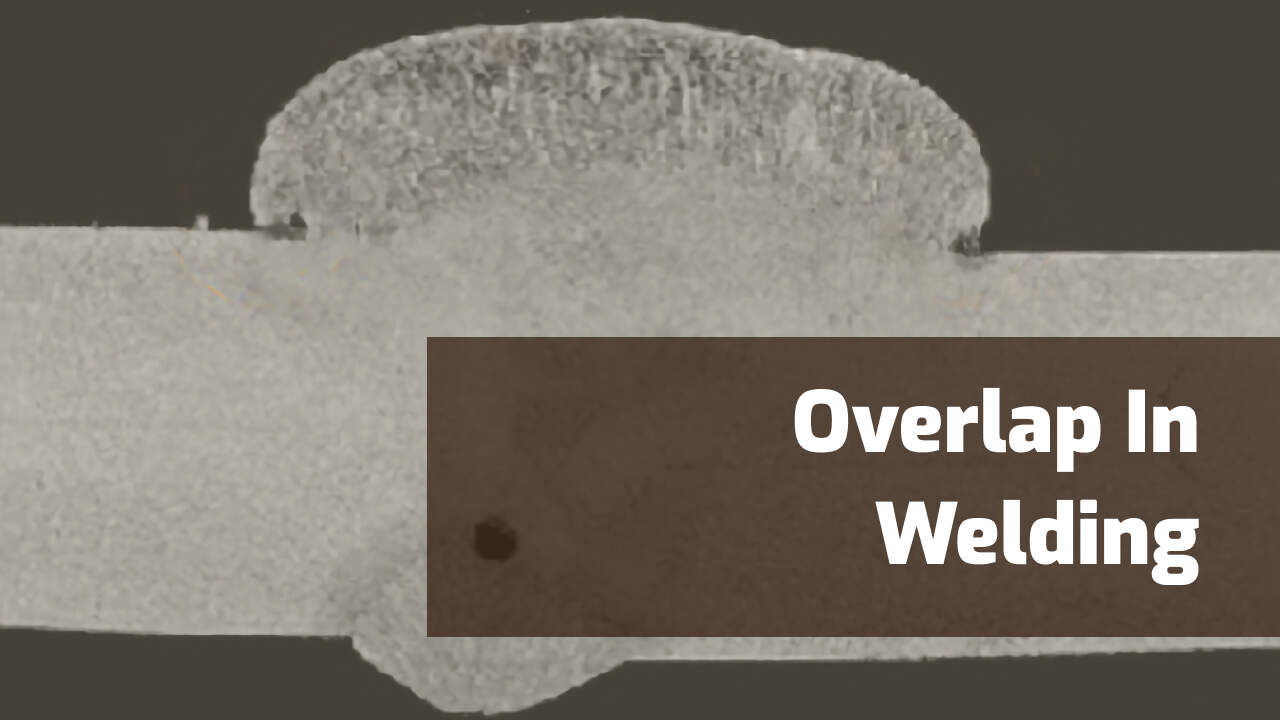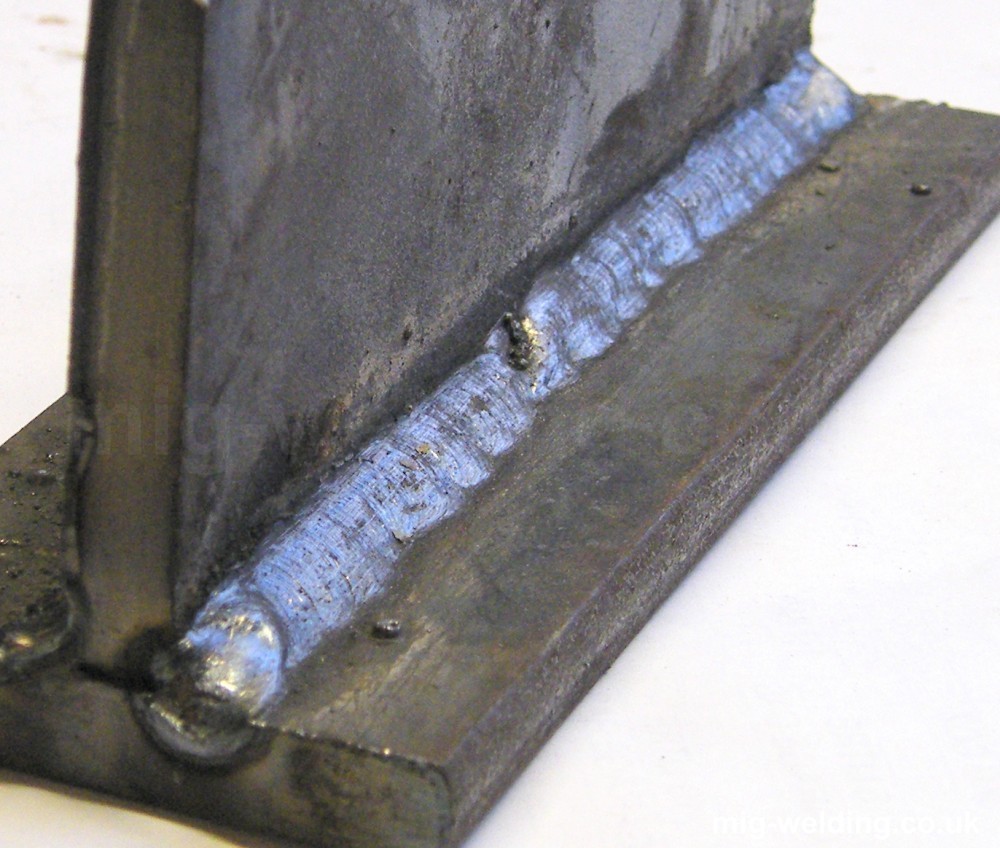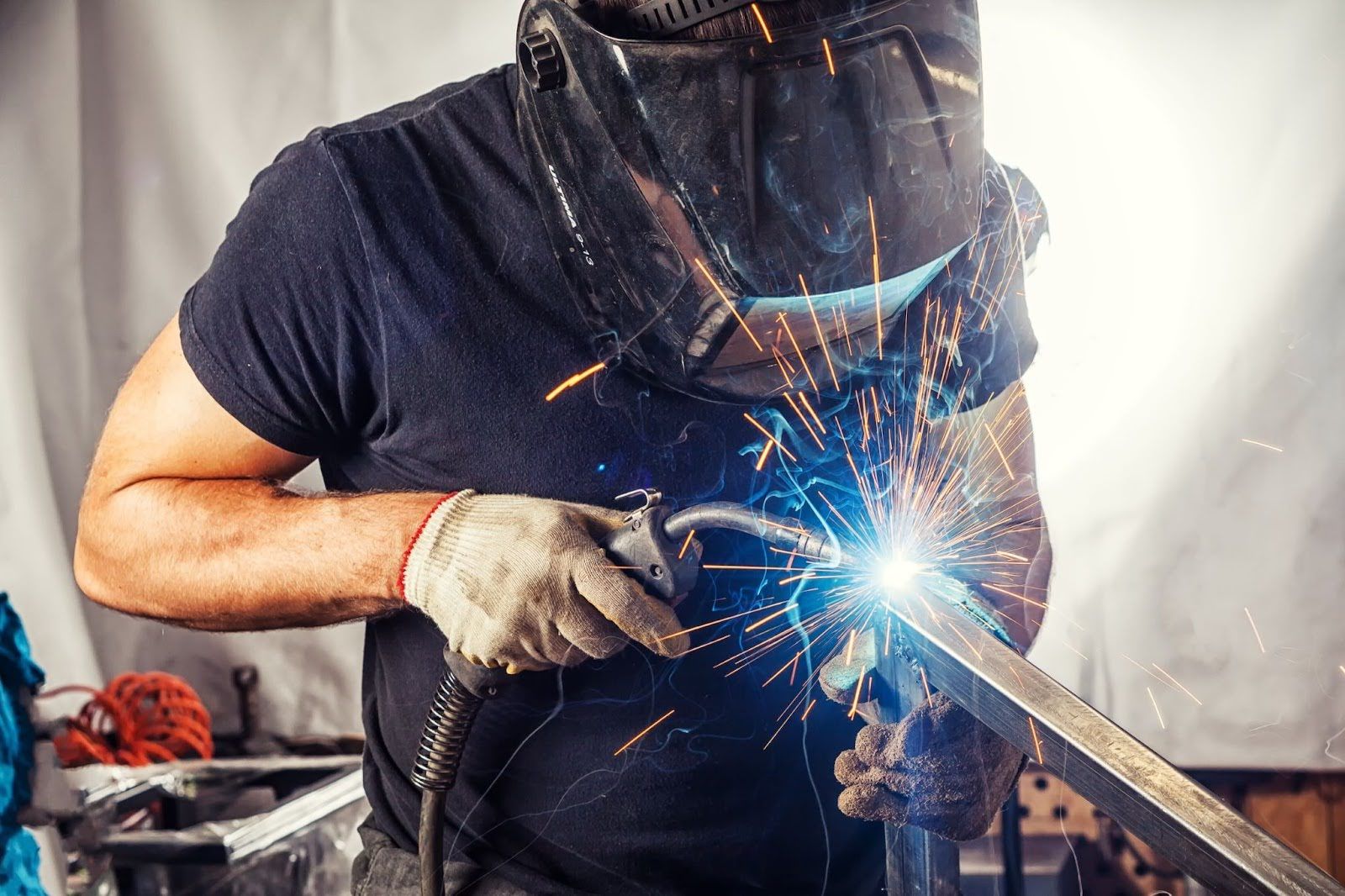Exactly How to Prevent Weld Undercut: Necessary Tips for Welders
Exactly How to Prevent Weld Undercut: Necessary Tips for Welders
Blog Article
Essential Tips for Welders: Stopping Undercut Welding and Ensuring Stronger Weld Joints
In the realm of welding, accomplishing solid and resilient weld joints is the foundation of generating top quality work. One usual obstacle that welders frequently run into is undercut welding, which can compromise the integrity of the weld joint. By understanding the elements that add to damaging and executing the right strategies and preventative measures, welders can efficiently avoid this problem and make sure the long life and strength of their welds. Let's explore some necessary ideas that can help welders browse this difficulty and boost the quality of their welding projects.

Understanding Undercut Welding
Undercut welding is an usual welding problem that takes place when the weld metal falls short to correctly load the groove and results in a groove-like clinical depression along the weld bead. This flaw weakens the weld joint, making it prone to cracking and failure under stress and anxiety. Undercutting can be created by various aspects, including extreme welding existing, high welding speed, inappropriate electrode angle, incorrect electrode size, and inadequate welding technique.
Among the main factors for undercut welding is an inequality between the welding current and the welding rate. If the welding current is expensive or the welding speed is too quick, the weld steel might not properly fill up the groove, bring about damaging. Additionally, utilizing an electrode that is as well big can cause a comparable outcome, as the excess metal can not correctly stream right into the groove.
To stop undercut welding, welders must guarantee they are making use of the proper welding parameters, maintain an appropriate electrode angle, select the proper electrode dimension, and technique correct welding strategies. By addressing these elements, welders can reduce the danger of damaging and produce stronger, a lot more trustworthy weld joints.
Appropriate Welding Strategy
Reliable welding strategy plays a critical duty in making sure the top quality and honesty of weld joints. Correct welding method includes a combination of adherence, ability, and precision to finest practices. One basic aspect of correct welding method is maintaining the appropriate angle and distance between the welding weapon and the work surface. Welders have to additionally pay close focus to the travel speed and warmth input to stop problems like undercutting, porosity, or insufficient combination.
In addition, a constant and constant hand activity is necessary for creating solid and resilient weld joints. Welders need to aim for smooth, consistent motions to ensure even circulation of the weld material. Correct control of the welding weapon and filler material is likewise key to accomplishing optimal penetration and blend.
Additionally, regulating the warm input and picking the appropriate welding specifications based upon the material being bonded are critical aspects in achieving top notch welds - Preventing weld undercut. Welders should comply with the suggested setups offered by welding treatment requirements and adjust them as needed based upon the details requirements of the job. By understanding proper welding methods, welders can dramatically enhance the strength and dependability of their weld joints
Selecting the Right Electrode
Keeping the correct angle and distance between the welding gun and the work surface is basic when taking into consideration the importance of selecting the right electrode in welding applications. The choice of electrode plays an essential role in identifying the high quality and stamina of the weld joint. Electrodes are available in numerous kinds, each created for specific functions and materials.
First of all, choosing the proper electrode diameter is essential. Thinner electrodes appropriate for welding thin products, while thicker electrodes are much better for thicker products and higher warm applications. Matching the electrode size to the density of the work surface helps achieve a balanced weld.
Second of all, recognizing the product make-up of the electrode is essential. Various electrodes are created for welding specific materials like steel, stainless steel, light weight aluminum, or cast iron. Making use of the proper electrode product makes certain great combination and decreases the threat of flaws in the weld.
Finally, considering the welding position and strategy is vital when selecting the electrode type. For instance, particular electrodes are much better suited for above or vertical welding placements, while others function well for flat or straight settings. Picking the ideal electrode based on the welding strategy enhances the general weld high quality and integrity.
Preparing the Base Steel
To make certain a successful welding procedure, what first steps should be taken when preparing the base steel for welding? Additionally, any type of existing weld product or residue from previous welding must be gotten rid of to guarantee a clean surface area for the new weld.

Carrying Out Post-Weld Evaluations

After performing these assessments, welders must compare the results versus sector criteria and job demands to guarantee that the weld joint meets all necessary standards. Any kind of insufficiencies or variances found throughout the post-weld assessment must be quickly addressed via appropriate rehabilitative measures to guarantee the weld's honesty. By carefully performing post-weld evaluations and without delay dealing with any type of problems, welders can maintain the quality and integrity of their job, ultimately adding to the security and longevity of the bonded structures.
Final Thought

Finally, avoiding undercut welding and ensuring more powerful weld joints call for a combination of correct welding method, picking the best electrode, preparing the base metal properly, and conducting post-weld assessments. By understanding the reasons for undercut welding and implementing the needed precautions, welders can create top quality weld joints that satisfy sector requirements and make certain the structural stability of the bonded components.
Undercut welding is a typical welding issue that occurs when the weld metal falls short to properly fill up the groove and results in a groove-like clinical depression along the weld bead (Preventing weld undercut). Undercutting can be triggered by useful site numerous factors, including extreme welding existing, high welding rate, improper electrode angle, inaccurate electrode dimension, and inadequate welding technique
One of the main reasons for undercut welding is an inequality in between the welding current and the welding speed. If the welding current is too high or the welding rate is also fast, the weld metal may not effectively load the groove, leading to damaging.Maintaining the appropriate angle and distance in between the welding weapon and the work surface is basic when considering the importance of selecting the appropriate electrode in welding applications.
Report this page